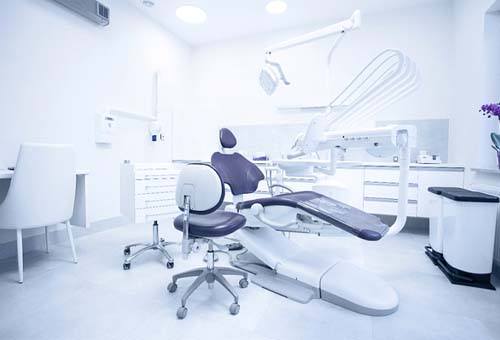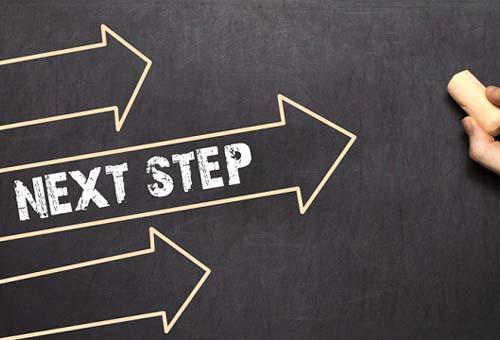What to Do After You've Located Your New Dental Practice
How We Evaluate a Dental Practice

Once we have helped a client find a dental practice they are interested in purchasing, what happens next? This phase is when we dive deep to determine a practice’s real value and make sure it is a good financial and clinical fit for the buyer. There are a lot of questions to answer throughout this process, but Next Level Consultants has broken it down into three relatively simple steps.
1. Evaluate Purchase Price

Determining the true value of a practice is complicated, but our team has literally done it hundreds of times before. In addition to the price of the building, the land it sits on, and rent (if applicable), we will also look at the accounts receivables for the practice. Do they have a lot of money that just needs to be collected? As a buyer, depending on the deal, you may ultimately be entitled to that money, which should affect the overall purchase price.
We’ll also look at the cost of wages, supplies, and much more to see how profitable a practice actually is so that the amount you pay is fair for you, the seller, and is firmly grounded in reality.
2. Determine Cash Flow (At a High Level)

A practice’s cash flow is based on not only how much they are producing each month, but also their expenses. You can have two practices taking in $1,000,000 of production each year, but one is netting $300,000 in profit while the other is netting $500,000. Should those practices cost the same to buy? Of course not!
Plus, we will parse through the practice’s business expenses versus the dentist’s personal expenses. These often need to be reclassified, or some expenses can be eliminated altogether. A good example of this is if a dentist writes off their car payment as a business expense or pays a spouse as an administrator who doesn’t actually work at the practice.
3. Clinical Comparison (At a High Level)

Our clinical comparison is designed to make sure that the practice is a good fit for the buyer as to what kind of care they will provide and what type of patients they hope to serve every day. If the practice is unequipped to handle a particular service, for instance, then the cost of the new equipment the buyer will need to purchase should be figured into the practice price.
Also, this gives us and the buyer a chance to go over the patient base they will be inheriting. If a family dentist is buying a practice that is mostly seeing geriatric patients, then this ultimately makes the practice less valuable to the buyer. This step will also let the buyer know if they will need to hire any new staff members once they take over.
What Happens Next

After going through these steps, if the buyer is still interested in purchasing a specific practice, we can then send a Letter of Intent (LOI) to the seller to outline the basic parts of the offer. Our meticulous method not only allows the buyer to know exactly what a practice is worth, but it also gives them peace of mind during what can potentially be a stressful experience.
At Next Level Consultants, we know what questions to ask when it comes to buying a dental practice because we have done it countless times before, and we’re eager to make your path to ownership as smooth and straightforward as possible. To learn more about purchasing a practice with us, get in touch with our team today .
 Dental Startup Podcast
Dental Startup Podcast  Dental Acquisition Podcast
Dental Acquisition Podcast 